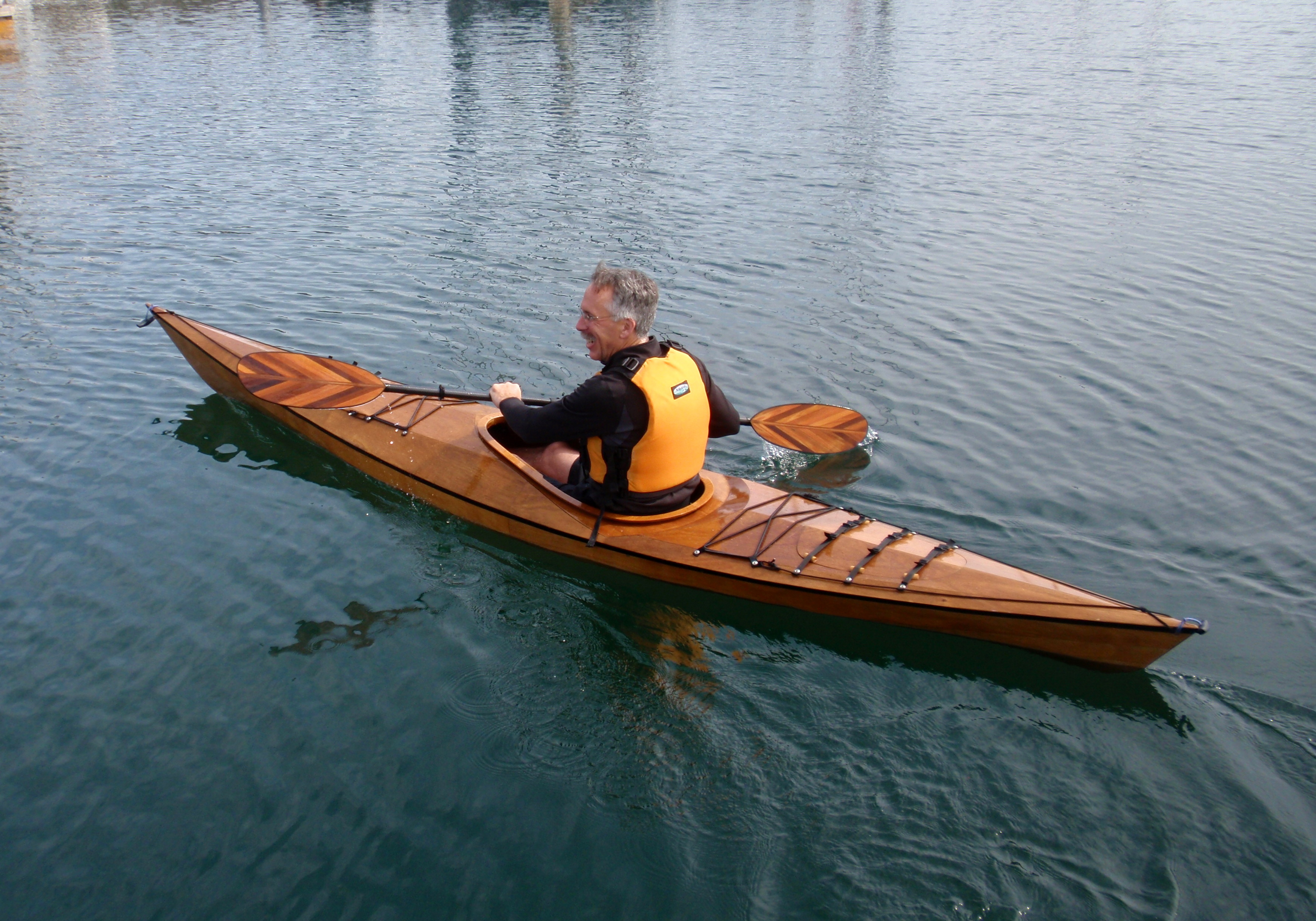Friday, November 22, 2024
Wooden Boat Plans for Canoes and Kayaks: A Beginner's Guide

Wooden Boat Plans for Canoes and Kayaks: A Beginner's Guide
Embark on a rewarding journey of building your own wooden canoe or kayak! The process, while demanding, is deeply satisfying and offers a unique connection to the history of boatbuilding. This beginner's guide will equip you with the essential knowledge to navigate the world of wooden boat plans.
Understanding Wooden Boat Plans
Wooden boat plans serve as your blueprint, guiding you through each step of construction. They contain detailed drawings, specifications, and instructions that illustrate the shape, dimensions, and materials needed for your vessel.
Types of Plans
Plans come in various forms, catering to different skill levels and preferences:
- Full-Size Plans: These offer life-sized templates of the boat's hull, allowing you to trace directly onto plywood. They are ideal for beginners as they provide clear visual guidance.
- Scaled Plans: These plans present the boat in a smaller scale, requiring you to calculate and transfer dimensions. They are suitable for experienced builders who are comfortable with measurements and calculations.
- CAD (Computer-Aided Design) Plans: These digital plans often offer 3D models and interactive features, simplifying the design process and providing visual clarity. They are convenient for modern builders accustomed to digital tools.
Key Elements of Wooden Boat Plans
Understanding the essential elements of wooden boat plans will help you decipher their information:
- Lines Plans: These depict the boat's shape from different perspectives (plan, profile, and body). They provide a detailed understanding of the hull's curvature and form.
- Station Lines: These vertical lines divide the boat's length, outlining its cross-sectional shapes.
- Waterlines: These horizontal lines indicate the boat's water level at various drafts (the depth of the boat submerged in water).
- Buttock Lines: These lines run parallel to the center line of the boat, aiding in understanding the hull's shape.
- Construction Diagrams: These drawings illustrate the assembly process, outlining how different parts of the boat are joined together.
- Materials List: This list specifies the types and quantities of wood, hardware, and other materials required for the build.
- Instructions: These provide step-by-step guidance on building techniques, ensuring proper construction and avoiding errors.
Choosing the Right Wooden Boat Plans
Selecting suitable plans is crucial for a successful build. Consider the following factors:
Skill Level
Choose plans that align with your woodworking experience. Beginner plans offer simpler designs and detailed instructions, while advanced plans delve into complex techniques and require greater experience.
Boat Type and Size
Determine your desired boat type (canoe, kayak, or other) and size. Consider the intended use, storage space, and your physical capabilities.
Available Resources
Assess your access to tools, materials, and expertise. Ensure the plans utilize readily available materials and techniques that you can comfortably manage.
Finding Wooden Boat Plans
Numerous resources offer a wide selection of wooden boat plans. Explore these options:
- Online Retailers: Websites like WoodenBoat.com, Duckworks Boatbuilders, and Chesapeake Light Craft offer various plans for canoes, kayaks, and other boat types.
- Boatbuilding Magazines: Publications like WoodenBoat, Small Boats, and The Rudder often feature plan listings and detailed reviews.
- Boatbuilding Associations: Organizations like the American Canoe Association (ACA) and the Wooden Boat Society (WBS) provide resources and connect you with experienced builders.
Getting Started with Wooden Boat Plans
Once you've selected your plans, familiarize yourself with their contents before diving into construction. Study the drawings carefully, noting each dimension and detail. Visit forums, online communities, or consult with experienced builders to seek clarification and guidance.
Tools and Materials
Gather the essential tools and materials needed for the project. This may include:
- Hand Tools: Saws, chisels, planes, hammers, clamps, and measuring tools are crucial for precise cuts and assembly.
- Power Tools: Depending on the plan, you may require a drill press, router, sander, and other power tools for efficiency and precision.
- Wood: Select the appropriate wood species for your boat, considering its strength, durability, and moisture content.
- Epoxy Resin: This adhesive is vital for bonding wood and creating watertight seams.
- Fiberglass: This reinforces the boat's hull, adding strength and durability.
Conclusion
Building a wooden canoe or kayak is a rewarding experience that connects you to the art of boatbuilding. Choose your plans wisely, gather the necessary tools and materials, and embrace the journey. With patience, skill, and a bit of passion, you can create a beautiful and functional wooden boat to cherish for years to come.
No comments:
Post a Comment
Note: Only a member of this blog may post a comment.